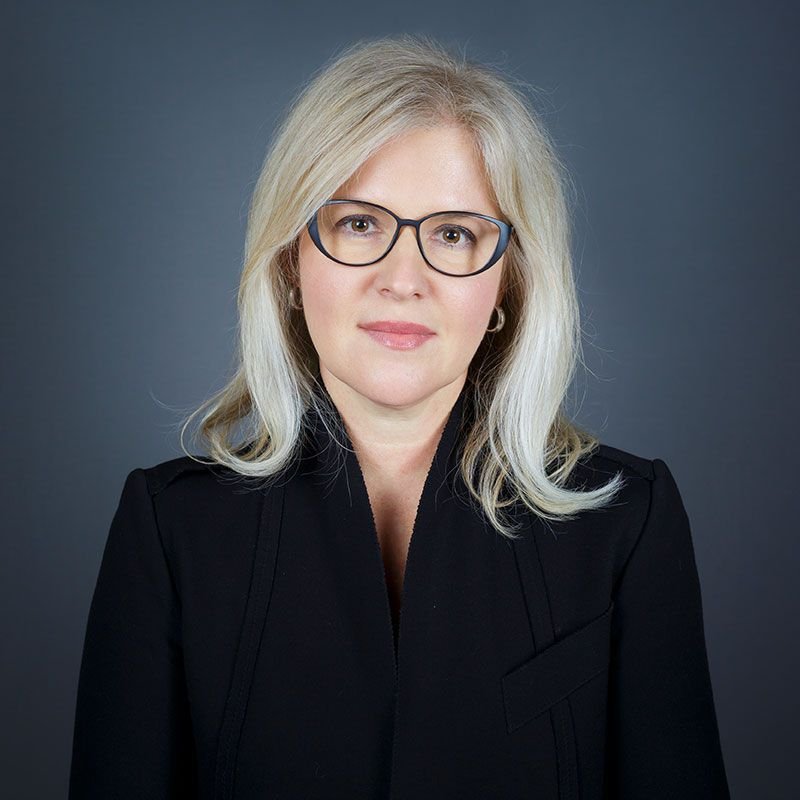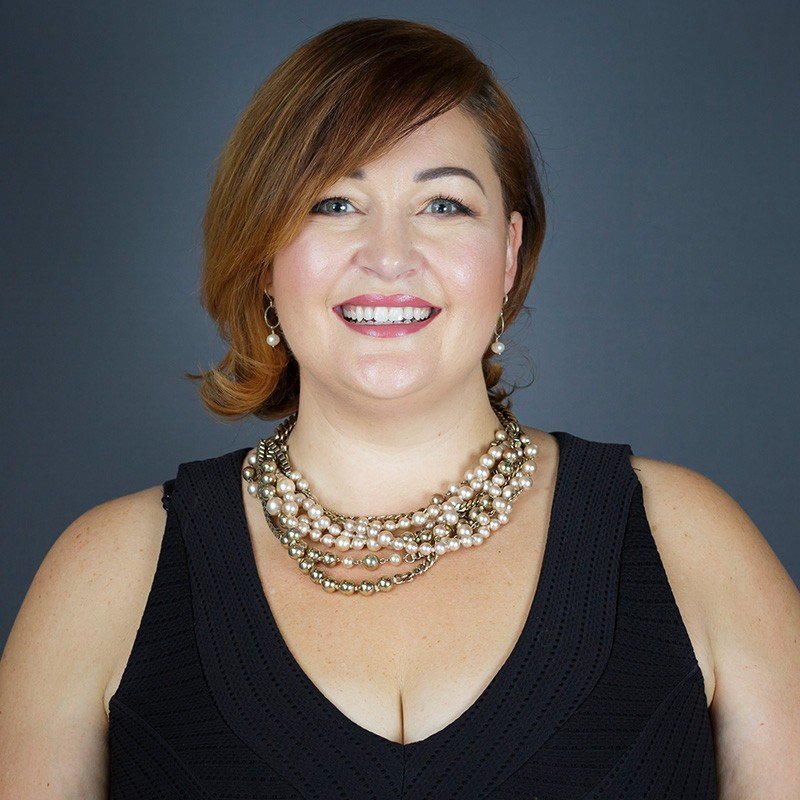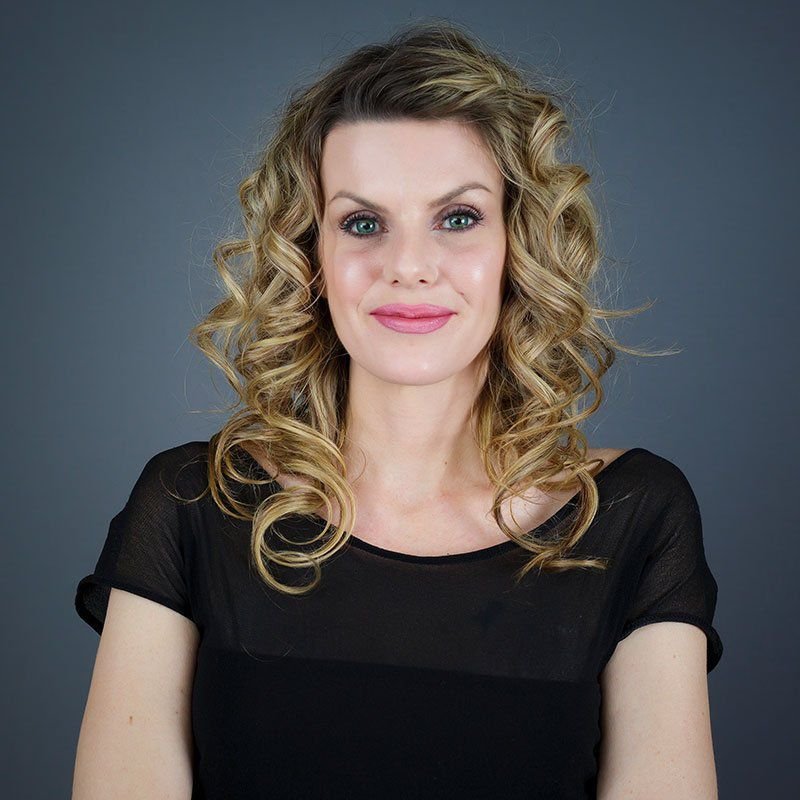How Effective Is A Revision Blepharoplasty In Toronto?
LEARN MORE ABOUT BLEPHAROPLASTY IN TORONTO
Revision eyelid surgery is one of the most common types of eyelid surgery, and when done properly, it may radically renew and freshen one’s look. However, there are a number of possible problems that may occur during or after eyelid surgery, and when anything goes wrong in this sensitive area of the face, the results can be disastrous. Even “acceptable,” but less-than-ideal outcomes might be a huge letdown.
As a result, our clinic recognizes the need for revision surgery both mentally and physically when someone seeks it. This article was written to educate our patients about revision blepharoplasty surgery and its effectiveness. Continue reading to find out more…
What Is A Revision Eyelid Surgery In Toronto
Revision eyelid surgery is a follow-up treatment used to fix or improve any issues that may have emerged after the first surgery, as well as to address the patient’s unhappiness with the prior surgery’s aesthetic effects.
Revision eyelid surgery is even more complicated than the primary procedure, which is why you should ignore the marketing hype and empty promises and choose a revisional surgeon based on irrefutable qualifications like board certification, training, experience, and demonstrable proof of previous successful eye/eyelid surgeries.
It was designed to stimulate your body’s own, innate “filling” power through stimulation of collagen. It’s an FDA- approved injectable used to target the cause of facial ageing, and results are long-lasting. Read on to learn why our clients are in love with their results. learn more.
Find A Surgeon With Experience In Revisional Surgery
Dr. Kolenda is a board-certified Otolaryngologist who has completed multiple prominent fellowships and training the past few decades. Dr. Kolenda advanced his studies in the Rhinology and Skull Base Surgery fellowship program, which was founded in 1999, to further his unmatched medical knowledge.
Dr. Kolenda has been a pioneer and innovator of minimally invasive surgery in combination with early preventative treatment for more than a decade. He is at the forefront of a change in current medical trends toward procedures that reduce pain, scarring, and recovery time. Furthermore, he is at the forefront of Sialendoscopy advances, having several patents related to this highly sought-after process and continuing to be an active researcher in this sector.
Few physicians can equal his level of ability and knowledge when it comes to refining the outcomes of previous eyelid surgery, and he is well regarded among his colleagues as doing some of the greatest blepharoplasties available.
Dr. Kolenda attempts to do cosmetic eyelid surgery in the least intrusive method possible, and he has developed conservative surgical and minimally invasive eyelid techniques that seek to maintain the integrity of the eyelids and spare the delicate eyelid tissue wherever feasible. Dramatic but extremely natural eyelid surgery outcomes may be achieved with minimum postoperative downtime when this method is combined with modern procedures and custom-tailored treatment regimens.
Are There Risks Involved?
For many patients, the early portion of the revision eyelid recovery period may be a source of tremendous worry. Inadequate postoperative follow-up and a lack of doctor-patient communication are common causes of postoperative eyelid surgery complications.
Regardless of how skilled the surgeon is, failure to pay attention to post-operative eye comfort may weaken patient trust and increase anxiety. Unfortunately, professionals without expertise often underestimate the severity of these readily remedied problems.
Dr. Kolenda understands the significance of ocular comfort after surgery and takes every precaution to ensure that the patient is as relaxed as possible. As a result, Dr. Kolenda constantly monitors his patients following surgery and visits them as frequently as required to ensure their comfort and address any problems that may emerge, which also includes providing 24-hour access to address any urgent concerns.
There are two types of common postoperative eyelid surgery complications: acute and long-term. It’s possible that an issue may occur right after surgery or up to six months later. Long-term issues appear six months or more after surgery—the six-month time frame is useful because a number of concerns about upper eyelid crease height, difficulty closing the eye, mild lower eyelid retraction, or changes in eyelid shape often resolve on their own in the weeks leading up to the six-month window. In Dr. Kolenda’s experience, if these difficulties linger for more than six months following surgery, corrective surgery may be required to address the condition.
Important Factors To Pay Attention To
IHere are a few things to watch out for after your surgery, just in case. Any of these conditions or symptoms should prompt you to get in touch with your doctor’s office so that the issue may be addressed and avoid additional complications.
Dry Eye:
The eyelids act as windshield wipers, and swelling of the eyelids after surgery may cause dryness and discomfort. This form of swelling may cause discomfort in the eyes for up to ten days until the swelling subsides sufficiently for the eyelid to transport tears effectively on the eye surface again.
Eyelid surgery damages the tiny motor and sensory nerves that go through the eyelid. The muscle that shuts the eye may become weaker as a result, and the blink mechanism may be impaired momentarily or permanently, resulting in long-term eye surface dryness and dry eye symptoms.
Many of these closure concerns, fortunately, resolve with time and may be addressed with first-line treatments such artificial tears, bland ophthalmic ointment, sealing the tear drainage system, and/or tape the eyes shut. If your problems continue, you may need surgery to enhance your eyelid closure. Sensory nerve injuries, in contrast to motor nerve injury, are often short-lived and more likely to recover entirely without the need for subsequent surgery.
Hemorrhage:
This may occur as a consequence of blood vessels being cut or damaged during eye surgery, or as a result of straining, coughing, or other actions that interrupt normal clot formation and can result in huge bruises. This bruising slows recovery and, in certain situations, might jeopardize the surgical outcome and possibly impair eyesight. If you notice random bruising we recommend reaching out for a quick checkup to verify everything is going well with recovery.
Retro-orbital hemorrhage:
Although some post-operative bruising is to be expected, a considerably larger bruise may develop on rare instances, possibly resulting in blindness. While these cases are extremely rare, about one in 300,000, they are the reason you will be advised to avoid blood-thinning medications and herbal products prior to surgery, and why Dr. Kolenda may refuse you surgery if you are on a blood thinner after a heart valve replacement or a recent stroke.
Although minor bruising is unlikely to impair the patient’s vision, significant bruises may produce swelling that can strain a healing eyelid, resulting in heaviness in the upper eyelid that may need surgical correction if it persists beyond 6 months. Similarly, bruising induces the creation of additional collagen and scar tissue in the lower eyelid, which may lead to persistent eyelid malposition and need reconstructive surgery.
Wound Dehiscence:
This is the medical name for sutures that have fallen apart before the skin edges have healed together, resulting in the raw edges of the skin separating and the wound gaping wide. This uncomfortable consequence is most frequent in the upper eyelid, where the incision is made to remove extra skin. Although it may be tempting to stitch the raw edges back together, the wound separation might be due to a low-grade infection. As a result, the best course of action is frequently merely to keep an eye on the affected region and apply more antibiotic ointment to keep it moist. The fact that wound dissidence heals so effectively on its own is perhaps the most startling aspect about it. Dr. Kolenda has found that if given enough time to properly heal, the body will draw the skin borders back together and no more intervention is necessary.
Scarring:
Scarring that occurs as a result of post-surgical bruising usually fades with time. Scars that do not heal in a satisfactory manner may benefit from revision eyelid surgery in exceedingly rare circumstances.
Reasons For A Revision Blepharoplasty Surgery
Patient unhappiness with the initial surgery’s outcomes is one of the most prevalent long-term postoperative difficulties. This dissatisfaction might be due to inadequate surgical procedures or the patient’s own impression that the effects aren’t as spectacular as they had planned. It’s vital to recognize that a surgical outcome that’s viewed cosmetically unacceptable because it’s not dramatic enough or doesn’t get enough good feedback from friends and family isn’t considered a surgical problem. Patient discontent, on the other hand, is still a genuine worry and a popular motivator for revisional eyelid surgery.
The following are examples of circumstances that may lead a patient to seek a revision surgery:
- Upper blepharoplasty has caused forehead skin to look relaxed and made the brows droop on the face giving a tired look.
- Inadequate upper eyelid skin removal.
- Inadequate skin or fat removal from the lower eyelids.
- Excessive upper or lower eyelid skin removal.
- After the initial lower eyelid surgery, there are persistent lower eyelid lines that have been created on it’s own.
- On the upper eyelid platform, there is extra muscle or skin trapped.
- Upper eyelid wrinkles that are poorly constructed after the initial surgery.
- There are excessive scars after the initial surgery.
- Surgery on the lateral canthal has failed.
A revision eyelid treatment to address the outcomes of too aggressive surgery, where tissue must be placed back into the eyelid, is significantly more complicated than corrective surgery to remove extra tissue. Although the aforementioned problems are not strictly surgical consequences, more surgery may be required in each situation to attain the intended result and really please the patient long-term.
Dr. Kolenda will do a thorough examination and attentively listen to your postoperative eyelid surgery issues during your first visit. He will then build a customized treatment plan to guarantee the safe and successful repair of any issues that have occurred, as well as to achieve your cosmetic and/or functional objectives.
How Do I Know When Revisional Surgery Is Required?
Give yourself time to recuperate if you’ve undergone eyelid surgery, such as blepharoplasty. It’s normal to be concerned about whether you’ll like your results, but keep in mind that fretting won’t help, and that your ultimate results may take some time to appear as remaining swelling fades and the tissues recover completely. If you trust your doctor, you have every right to demand the best.
Talk to your original surgeon if you have any problems throughout your recuperation. Inadequate postoperative communication is a common cause of post-operative problems. Never think that your surgeon is too preoccupied with a minor issue to see you. It’s usually a good idea to express your concerns so that they may be handled as soon as possible.
Significant health issues after eyelid surgery are uncommon; instead, patients often express anxiety that they are not seeing the results they wanted or that their recuperation is taking longer than planned. Although this isn’t strictly a problem, it is something you should discuss with your physician. It’s time to get a second opinion if your primary surgeon believes there’s nothing further that can be done.
Looking For A Revision Blepharoplasty In Toronto?
Your revision eyelid surgery may be a key stepping stone on the path to becoming the best version of yourself, and you can take the first step toward that goal by calling Dr. Kolenda to schedule a personal consultation appointment.
We strongly recommend you to book a private appointment with Verso Surgery Centre if you have any questions or concerns about your previous surgery. Our dedicated medical professionals offer a wide selection of treatments and procedures to ensure that each and every client has a plan that is personalized precisely to their requirements. With your cooperation, we want to aid you in reaching your aesthetic goals.
In the event that you have any more inquiries concerning revision surgery, please do not hesitate to contact our Verso Surgery clinic in Toronto. We are looking forward to your call and are always available to answer any questions or resolve any concerns you may have.
Are you ready for your closeup?
Take the first step and get in touch with us. Find out what we can do to restore your youthful appearance & confidence.
















